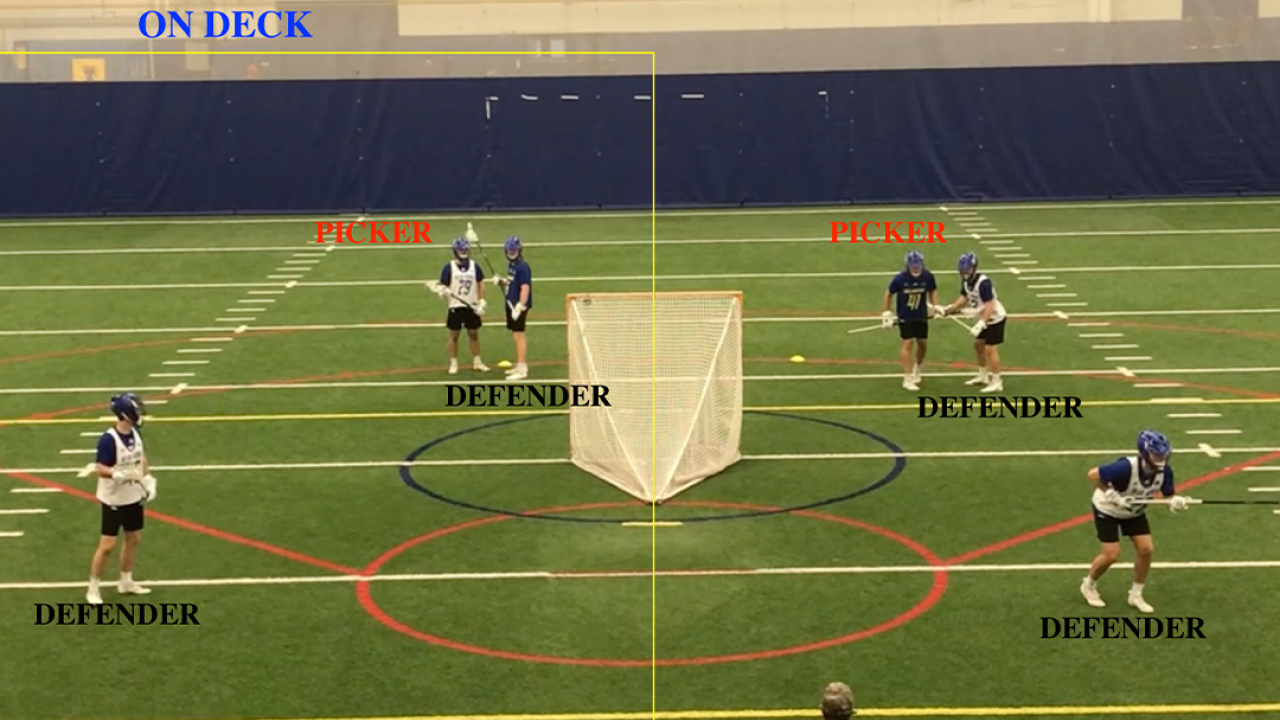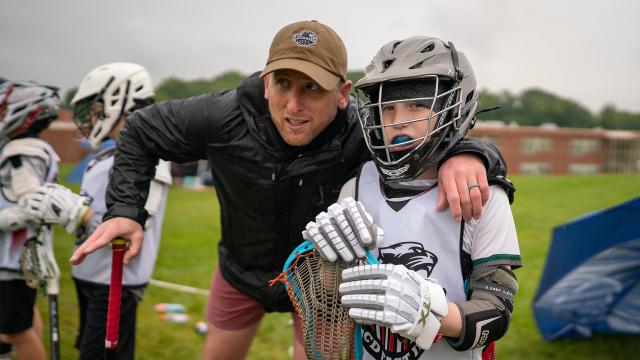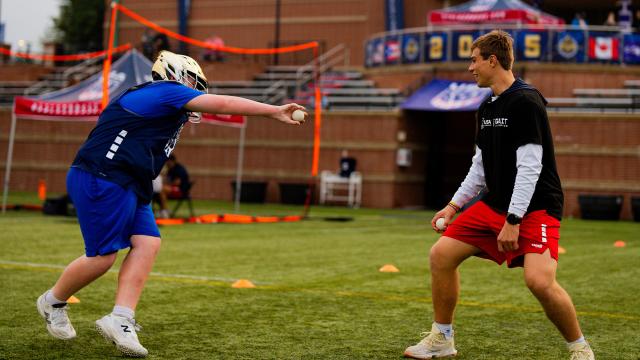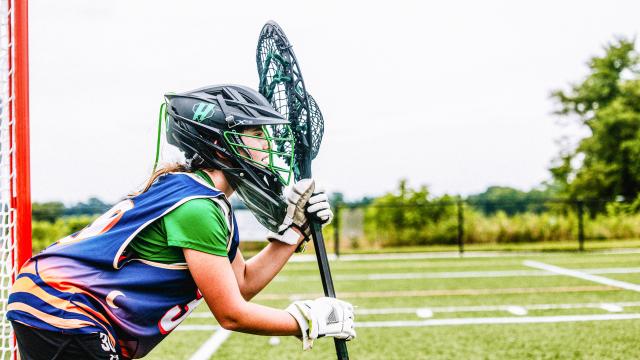

© 2026 USA Lacrosse. All Rights Reserved.

This article appears in the November/December edition of USA Lacrosse Magazine. Join our momentum.
As the game has evolved, the two-man has become integral to an offensive coordinator’s playbook. Defensive coaches: Ignore the evolution at your own risk.
In the fall of 2022, Delaware defensive coordinator Trey Wilkes devised a drill called Rapid Fire Picks to minimize miscommunication during games. It helped the Blue Hens finish fourth in the nation in scoring defense and win a CAA title in 2022.
DEFENDERS ONLY
One defenseman acts as an attackman and sets a pick. Two guys are on deck, and you have two lines of 8-12 players. It forces your defensive players to go out and set picks. It’s also an excellent way to practice what your opponent will do.
SCOUT THE OPPONENT
Watch film to pinpoint where you think you’ll see picks in the game. You might start from behind the goal, the wings or up top.
START WITH INSTRUCTION
Be specific about the type of pick plays you want to practice defending. Whether it’s a hard pick, swing pick or a slip, you can change how you want to defend it. You might switch on contact or decide to get under or over every pick.
EMPHASIZE LOCATION
Picks set closer to the goal are more dangerous than those set on the perimeter. Farther away from the goal, players can take a (quick) beat during the initial confusion and determine the next steps, such as sliding to it. It’s not rocket science, but it can all go out the window during the intensity of the game flow. Hence, the need to practice.
GIVE FREEDOM
Once players have the fundamentals down, progress the drill. This way there’s an element of surprise, just like the in-game experience. Spice it up by telling players, “It’s up to you. We have to read it and react.”
GO ALL-IN ON COMMUNICATION
It’s crucial to be concise. Less language is more. You want players to be loud and direct their teammates. If players are communicating with hesitation or second-guessing themselves, their teammates probably won’t feel comfortable following their lead. We consider players in the line part of the drill. They communicate the direction the pick is coming from and how we want to defend it.
Beth Ann Mayer is a Long Island-based writer. She joined USA Lacrosse in 2022 after freelancing for Inside Lacrosse for five years. She first began covering the game as a student at Syracuse. When she's not writing, you can find her wrangling her husband, two children and surplus of pets.





